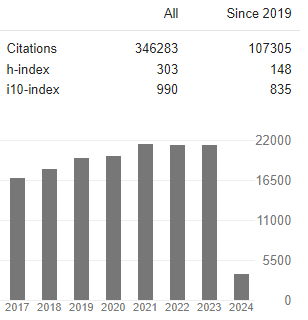Applications of Geospatial Science and Technology in Disaster Risk Management
Abstract
Amanuel Kumsa, Firesew Feyisso
Disasters are an uncertain and unavoidable event in nature, which affect adversely social, economic, environmental and humanitarian sectors. Geographic information system (GIS) and remote sensing (RS) are very useful and effec- tive tools in disaster management. Various disasters like earthquakes, landslides, floods, fires, tsunamis, volcanic eruptions and cyclones are natural hazards that kill lots of people and destroy property and infrastructures every year. Remotely sensed data can be used very efficiently to assess severity and impact of damage due to these disasters. The main objective of these research is to identify a significant application of geospatial science and technology for disaster risk management over time using these application and technology to understand its nature which will help to respond and solve complex disaster risk management problem and decision making. In the disaster relief phase, GIS, grouped with global positioning system (GPS) is extremely useful in search and rescue operations in areas that have been devastated and where it is difficult to find one’s bearings. Disaster mapping is the drawing of areas that have been through excessive natural or man-made troubles to the normal environment where there is a loss of life, property and national infrastructures. The success of disaster management depends to great extent on decision taken on information at the right time and right place.



